
Rabbit Anti-FKBP10 antibody
65 kDa FK506 binding protein; FK506 binding protein 10 65 kDa; FK506 binding protein 10; FKBP 10; FKBP 65; hFKBP 65; Immunophilin FKBP65; Peptidyl prolyl cis trans isomerase. PPIase; Rotamase; FKB10_HUMAN.
View History [Clear]
Details
Product Name FKBP10 Chinese Name 肽基脯氨酰顺反异构酶FKBP10抗体 Alias 65 kDa FK506 binding protein; FK506 binding protein 10 65 kDa; FK506 binding protein 10; FKBP 10; FKBP 65; hFKBP 65; Immunophilin FKBP65; Peptidyl prolyl cis trans isomerase. PPIase; Rotamase; FKB10_HUMAN. literatures Research Area Cell biology Signal transduction Transporter Binding protein Immunogen Species Rabbit Clonality Polyclonal React Species Human, Mouse, Rat, (predicted: Dog, Pig, Cow, Horse, Sheep, ) Applications WB=1:500-2000 ELISA=1:5000-10000 IHC-P=1:100-500 IHC-F=1:100-500 ICC=1:100-500 IF=1:100-500 (Paraffin sections need antigen repair)
not yet tested in other applications.
optimal dilutions/concentrations should be determined by the end user.Theoretical molecular weight 61kDa Cellular localization cytoplasmic Form Liquid Concentration 1mg/ml immunogen KLH conjugated synthetic peptide derived from human FKBP10: 31-130/582 Lsotype IgG Purification affinity purified by Protein A Buffer Solution 0.01M TBS(pH7.4) with 1% BSA, 0.03% Proclin300 and 50% Glycerol. Storage Shipped at 4℃. Store at -20 °C for one year. Avoid repeated freeze/thaw cycles. Attention This product as supplied is intended for research use only, not for use in human, therapeutic or diagnostic applications. PubMed PubMed Product Detail The immunophilins are a highly conserved family of cis-trans peptidyl-prolyl isomerases that bind to and mediate the effects of immunosuppressive drugs, such as cyclosporin, FK506 and rapamycin. Immunophilins have also been implicated in protein folding and trafficking within the endoplasmic reticulum (ER). FKBP10 (FK506-binding protein 10), also known as peptidyl-prolyl cis-trans isomerase, PPIase, Rotamase, 65kDa FK506-binding protein or FKBP65, is a 582 amino acid immunophilin localized to the ER lumen and found in many tissues including heart, spleen, brain, testis and lung. FKBP10 contains two EF-hand calcium-binding domains and four PPIase FKBP-type domains, suggesting an enzymatic role in protein folding by catalyzing the cis-trans isomerization of proline imidic peptide bonds in oligopeptides. FKBP10 also acts as a receptor for the immunosuppressants FK506 and rapamycin, which inhibit FKBP10 activity. FKBP10 is thought to interact with the Raf-1/HSP 90 heterocomplex during signal transduction processes, and may associate with elastin during elastin protein folding and transport. With a valine-24 addition to human FKBP10, human and mouse FKBP10 are almost identical.
Function:
FKBP10 (FK506 binding protein 10) belongs to the FKBP type peptidyl-prolyl cis/trans isomerase (PPIase) family. PPIases accelerate the folding of proteins during protein synthesis, acting as molecular chaperones. FKBP10 is located in the endoplasmic reticulum (ER) and is thought to play a role in the folding and trafficking of secretory proteins.
Subcellular Location:
Endoplasmic reticulum.
Post-translational modifications:
Glycosylated and phosphorylated.
DISEASE:
Defects in FKBP10 are the cause of osteogenesis imperfecta type 6 (OI6) [MIM:610968]. OI6 is a moderate to severe, autosomal recessive form of osteogenesis imperfecta characterized by increased serum alkaline phosphatase levels and bone histology exhibiting a fish scale-like lamellar pattern. Osteogenesis imperfecta defines a group of connective tissue disorders characterized by bone fragility and low bone mass.
Similarity:
Contains 2 EF-hand domains.
Contains 4 PPIase FKBP-type domains.
SWISS:
Q96AY3
Gene ID:
60681
Database links:Entrez Gene: 60681 Human
Omim: 607063 Human
SwissProt: Q96AY3 Human
Unigene: 463035 Human
Product Picture
Primary: Anti-FKBP10(SL13175R)at 1/300 dilution
Secondary: IRDye800CW Goat Anti-Rabbit IgG at 1/20000 dilution
Predicted band size: 61kD
Observed band size: 61kD
Sample: Uterus (Mouse) Lysate at 40 ug
Primary: Anti-FKBP10(SL13175R) at 1/300 dilution
Secondary: IRDye800CW Goat Anti-Rabbit IgG at 1/20000 dilution
Predicted band size: 61 kD
Observed band size: 76 kD
Sample: MCF-7(human) Cell Lysate at 40 ug
Primary: Anti-FKBP10(SL13175R) at 1/300 dilution
Secondary: IRDye800CW Goat Anti-Rabbit IgG at 1/20000 dilution
Predicted band size: 61 kD
Observed band size: 61 kD
Paraformaldehyde-fixed, paraffin embedded (rat kidney); Antigen retrieval by boiling in sodium citrate buffer (pH6.0) for 15min; Block endogenous peroxidase by 3% hydrogen peroxide for 20 minutes; Blocking buffer (normal goat serum) at 37°C for 30min; Antibody incubation with (FKBP10) Polyclonal Antibody, Unconjugated (SL13175R) at 1:400 overnight at 4°C, followed by a conjugated secondary (sp-0023) for 20 minutes and DAB staining.Paraformaldehyde-fixed, paraffin embedded (rat brain); Antigen retrieval by boiling in sodium citrate buffer (pH6.0) for 15min; Block endogenous peroxidase by 3% hydrogen peroxide for 20 minutes; Blocking buffer (normal goat serum) at 37°C for 30min; Antibody incubation with (FKBP10) Polyclonal Antibody, Unconjugated (SL13175R) at 1:400 overnight at 4°C, followed by a conjugated secondary (sp-0023) for 20 minutes and DAB staining.
Bought notes(bought amounts latest0)
No one bought this product
User Comment(Total0User Comment Num)
- No comment
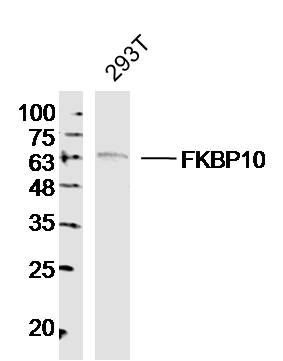
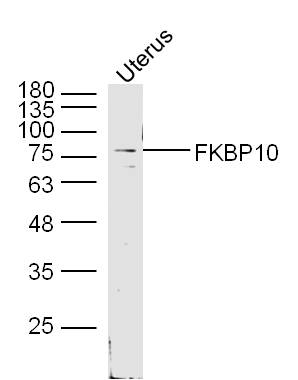
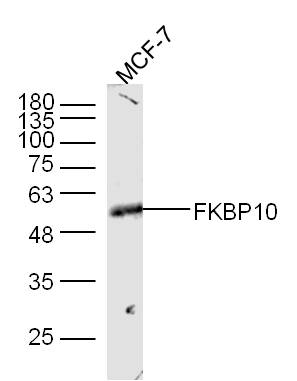
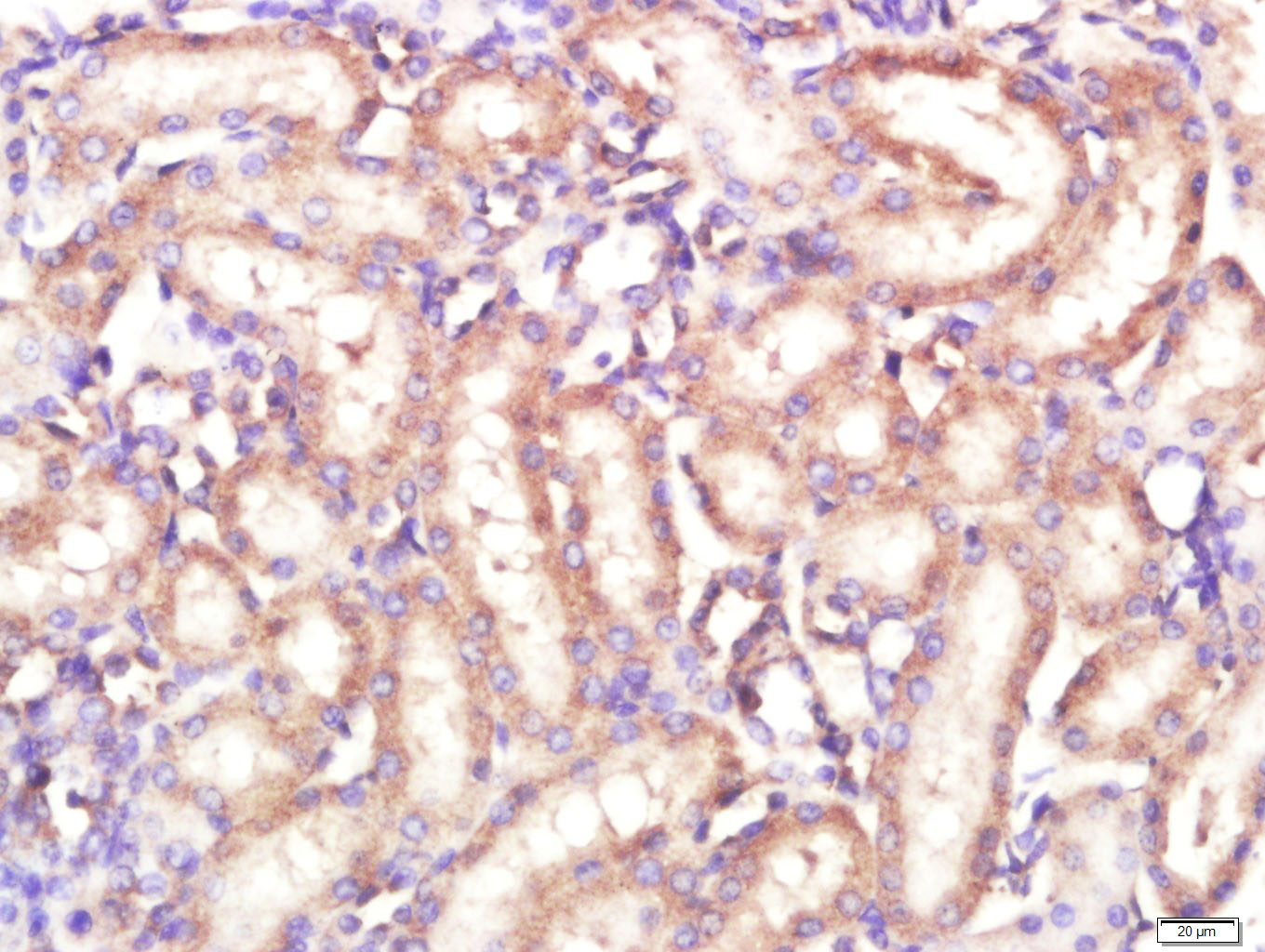
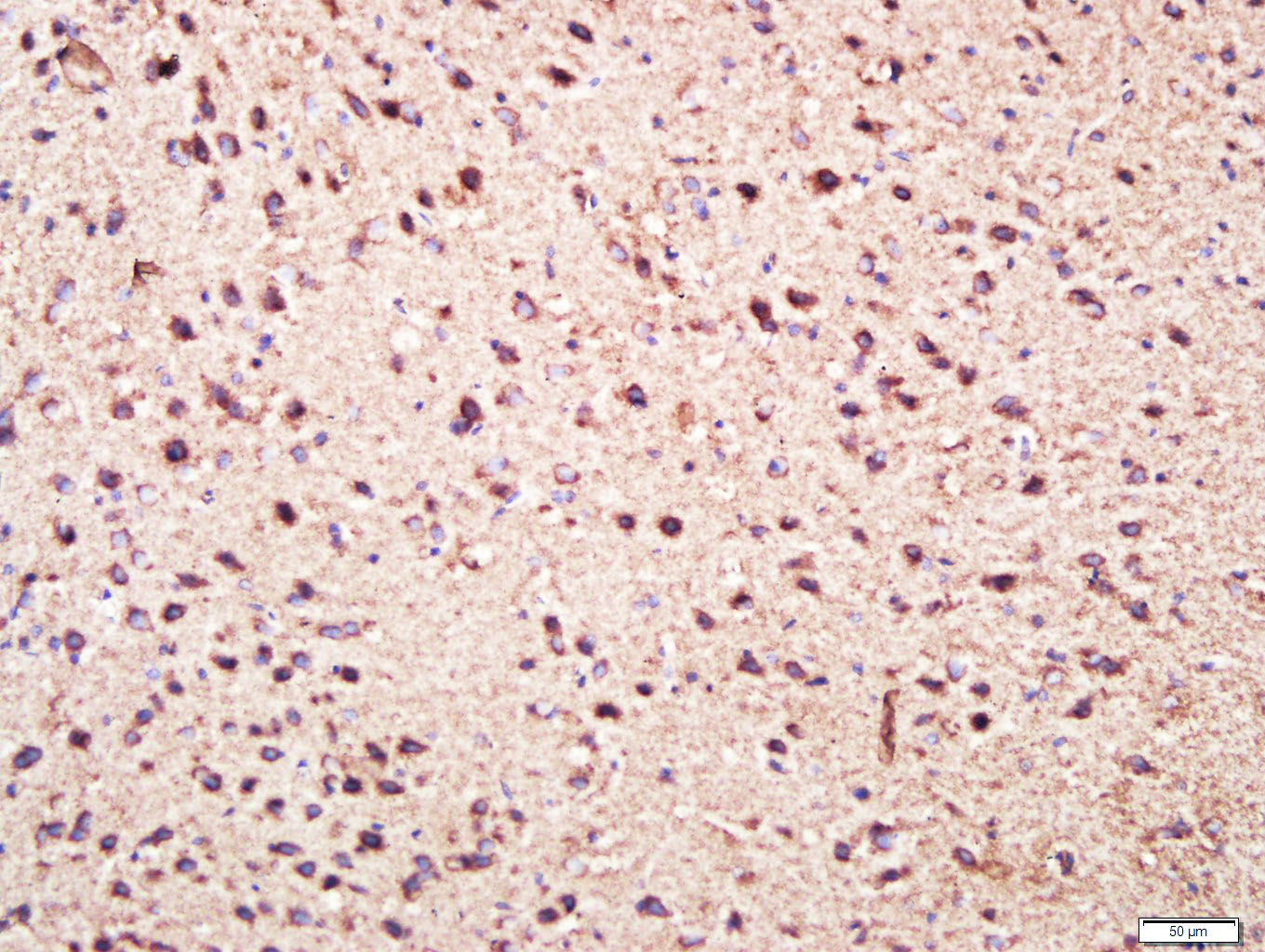


 +86 571 56623320
+86 571 56623320
 +86 18668110335
+86 18668110335

